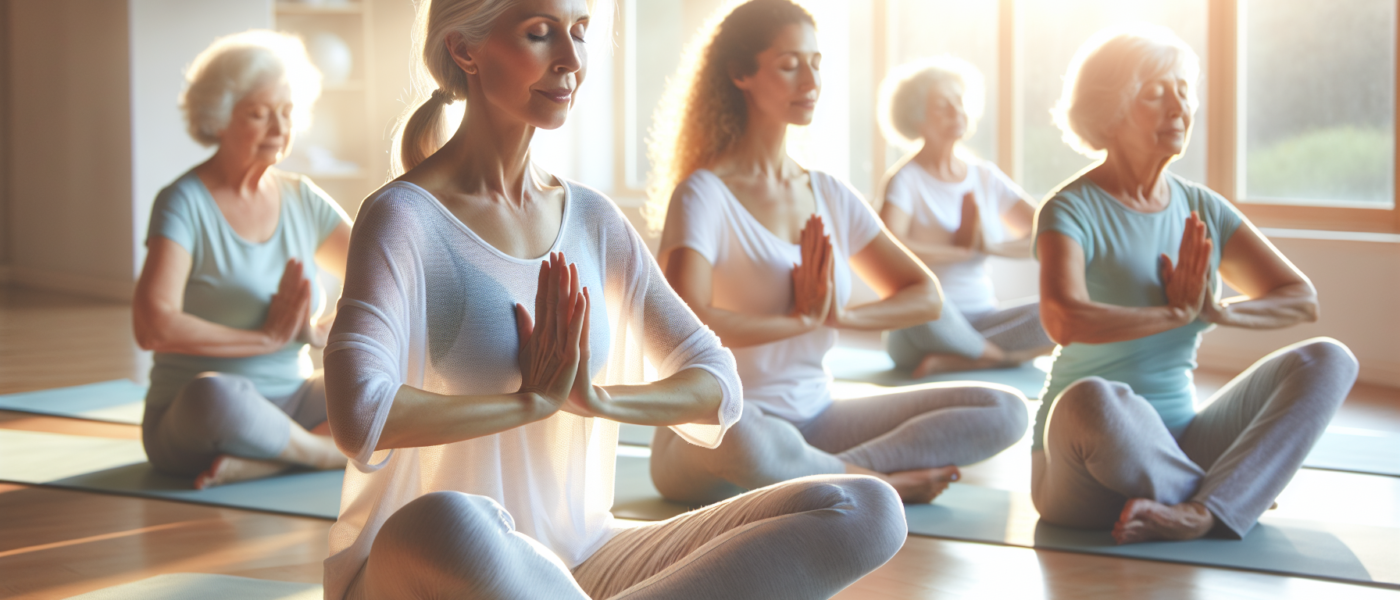Low-Impact Yoga and Exercise: Promising Approaches for Managing Urinary Incontinence in Older Women
Understanding the Study
A recent study published on August 27, 2024, in the Annals of Internal Medicine has brought significant insights into the management of urinary incontinence among older women. Conducted by researchers from Stanford Medicine and the University of California, San Francisco, the study primarily aimed to evaluate the effectiveness of low-impact yoga and general exercise in reducing urinary incontinence episodes. This groundbreaking research provides a comprehensive approach to managing a condition that affects a substantial portion of elder women.
Involving 240 women aged between 45 and 90 years with a mean age of 62, the study included participants who experienced urinary incontinence at least once daily. These women were randomly divided into two groups—a yoga group and a physical conditioning control group. By focusing on specific exercise programs, the researchers sought to illuminate the role of physical activity in mitigating incontinence issues.
Exercise Programs and Results
The yoga group engaged in a specialized routine consisting of 16 hatha yoga poses intended to strengthen the pelvic floor, benefiting from two 90-minute sessions per week alongside additional home practice. Meanwhile, the control group performed nonspecific stretching and strengthening exercises, also conducted two times a week with home practice but without targeting the pelvic floor.
Running for 12 weeks, the study adapted to pandemic conditions, transitioning from in-person sessions to videoconferences. Remarkably, results showed that participants in the yoga group experienced an average reduction of 2.3 daily urinary incontinence episodes. Comparatively, those in the general physical conditioning group saw a reduction of 1.9 episodes per day. In both groups, the reduction constituted a significant 60% decrease in incontinence episodes.
Comparison and Implications
The reductions observed in both groups were comparable to the effectiveness of medications traditionally used to treat urinary incontinence, which typically yield a 30% to 70% improvement. This highlights the potential of low-impact physical activities in managing the condition, presenting an advantageous alternative to pharmaceutical treatments.
Moreover, the study underscored that the yoga program was designed to be accessible and safe for women with varying physical capabilities, thereby eliminating the need for specialized equipment or medical supervision. This inclusive approach emphasizes the feasibility of implementing such programs in everyday life, enhancing the quality of life for many women.
Targeting the Pelvic Floor and Broader Implications
Interestingly, while the yoga program specifically targeted the pelvic floor muscles—essential for supporting the bladder and urethra—the general exercise regimen did not, yet both yielded substantial improvements. This suggests even activities not directly aimed at pelvic floor strengthening can significantly impact urinary incontinence, broadening the scope of effective interventions.
Urinary incontinence affects over half of middle-aged women and up to 80% of women aged 80 and above, often leading to social isolation and increased fall risk. Thus, the study recommends a paradigm shift in treatment strategies, focusing on improving overall physical function rather than exclusively targeting the bladder or pelvic floor. This holistic approach has the potential to make treatment more accessible and appealing to a broader range of patients, paving the way for improved healthcare outcomes.
